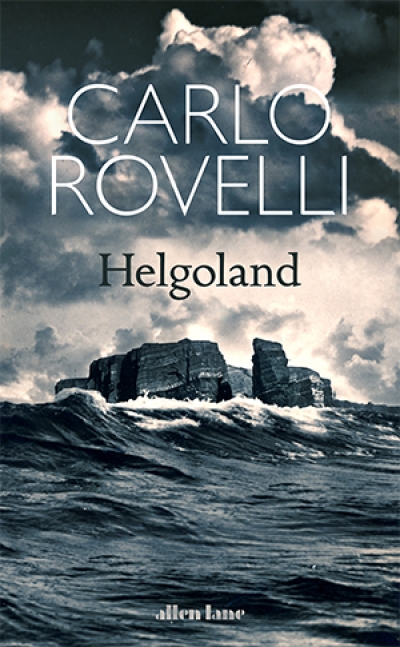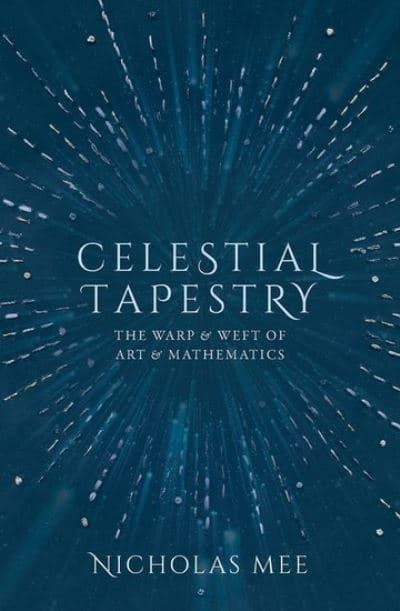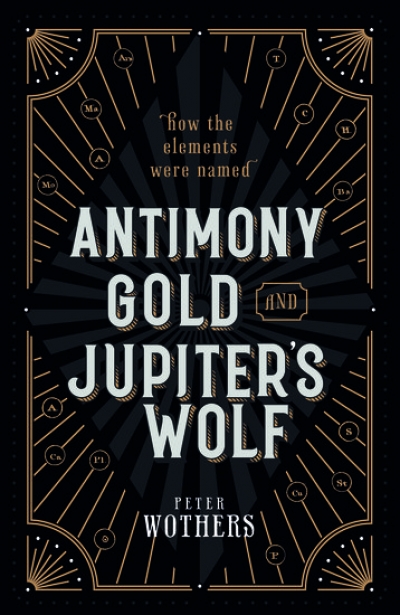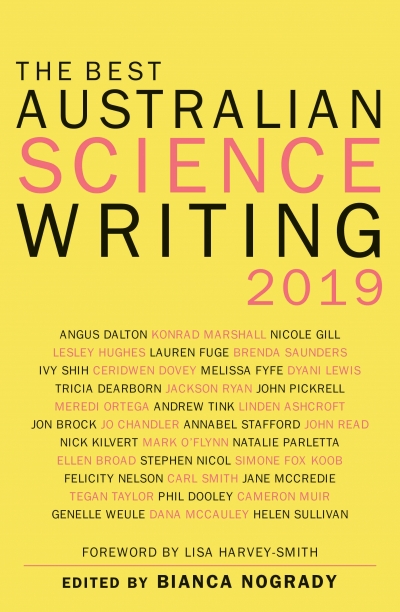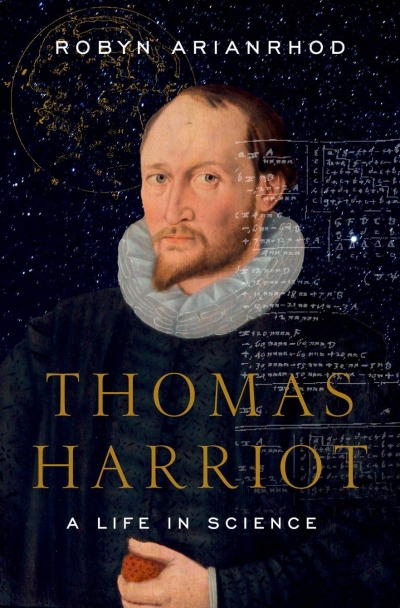Robyn Arianrhod
What’s Eating the Universe?: And other cosmic questions by Paul Davies
by Robyn Arianrhod •
The Art of More: How mathematics created civilisation by Michael Brooks
by Robyn Arianrhod •
Helgoland by Carlo Rovelli, translated by Erica Segre and Simon Carnell
by Robyn Arianrhod •
The Knowledge Machine: How an unreasonable idea created modern science by Michael Strevens
by Robyn Arianrhod •
Celestial Tapestry: The warp and weft of art and mathematics by Nicholas Mee
by Robyn Arianrhod •
Antimony, Gold, and Jupiter’s Wolf: How the elements were named by Peter Wothers
by Robyn Arianrhod •
The Best Australian Science Writing 2019 edited by Bianca Nogrady
by Robyn Arianrhod •



